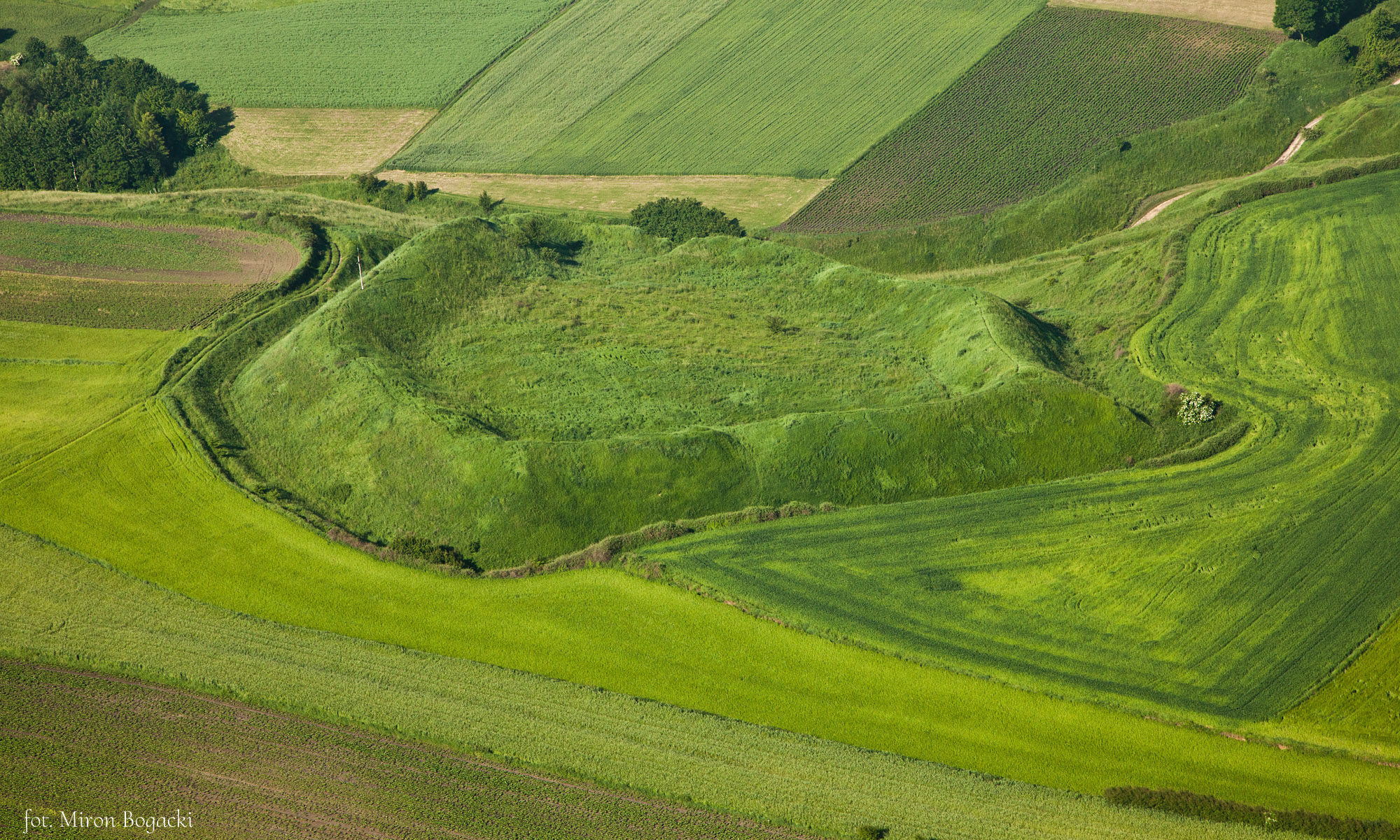Person conducting excavation: dr Martin Lemke, dr Karolina Trusz
Country: Romania
Site name: Argamum and its hinterland: northern Dobruja and the Danube Delta
Type of the site: Greek colony, Roman fortified city, various limes fortifications.
Involved institutions: Faculty of Archaeology UW, ICEM Tulcea (Rumunia)
Description of the research:
The research involves terrestrial and underwater archaeological investigations in north-eastern Dobruja (Romania), around the ancient city of Argamum. The investigations are part of project ArchLiMar (www.archeologia.uw.edu.pl/archlimar).
Currently, selected areas are being explored using archaeological prospecting methods, scanning the ground or water to understand what might be hidden beneath the surface. These methods are called non-invasive because they do not require exploration of the ground, although future excavations will be carried out based on them.
The chronological scope of the project focuses on Antiquity and Late Antiquity: the time of the Greeks and Romans. Around the Black Sea, significant settlements appeared during Greek colonisation, and many of these towns were located in the area that later became the coast of the Roman province of Moesia inferior – modern day Romania and Bulgaria.
The central site is the Greek and Roman city of Argamum, studied on land and from the perspective of the nearby Lake Razim, using underwater methods. Such underwater prospection is also planned further south from Argamum.
More exploration, but in the Dobruja interior, will be carried out at two sites that could have been Roman forts, in order to verify this theory. Both are located in the valley of the strategically important Taița River, a natural land route crossing the Dobruja, connecting the Black Sea with the Danube.




